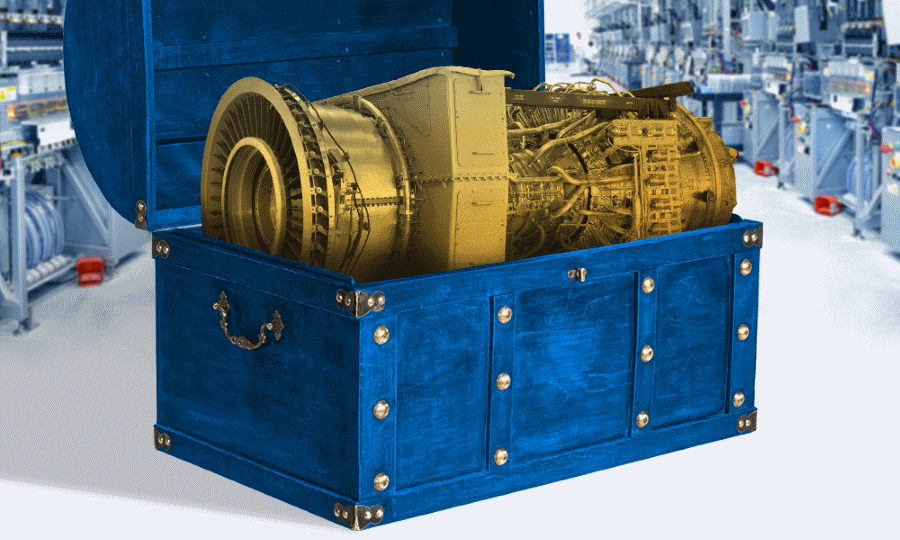The world’s largest nuclear power station went on a treasure hunt—here’s what they found

As operator of the world’s largest nuclear power station, Bruce Power LP generates staggering amounts of electricity — roughly 50 terawatts each year, according to James Scongack, the Tiverton, Ont.-based company’s vice-president of corporate affairs. It’s hard to put a number that size into context, but consider: Ontario is Canada’s most populated province and a heartland for industry, and Bruce Power meets one-third of the total electricity demand.
Bruce Power doesn’t just produce power, however. It’s also a major electricity consumer, and reducing consumption is a priority for the company. “It’s a very large cost to the business,” Scongak notes. “It’s something we look at in terms of cost savings and in terms of the environment, with our commitment to conservation.”
The subject of electricity consumption was on the agenda back in January when Bruce Power leaders were meeting with GE, one of the company’s main suppliers. Sarah Armstrong, strategic account executive at GE Power, introduced Bruce Power to Access GE, a group that helps share GE’s expertise, best practices, and methodologies with strategic clients.
At that meeting, Armstrong introduced Bruce Power to Access GE’s concept of the “Energy Treasure Hunt.” Bruce Power was intrigued.
Bruce Power was intrigued with the concept. Here’s how it works: A team is created with people from Access GE and the client company. Together, they conduct a robust analysis of the company’s energy consumption, all the way from the lightbulbs to the established practices for operating large equipment and machinery.
The process starts with initial overview meetings and concludes with a deep evaluation of opportunities. According to Mark Cleland, Access GE director and a veteran of energy treasure hunts, “It’s a real hunt. You put on boots and hard hats, you grab clipboards and pencils, and you go looking for opportunities.”
When Bruce Power decided to do an energy treasure hunt, it added a further dimension. The company assembled its team from a group of high-potential employees participating in a development program run in partnership with Ivey Business School at the University of Western Ontario. Drawing on expertise from multiple GE businesses—including GE Power, GE Lighting, andGE Energy Connections—the team performed their initial analysis, embarked on a detailed walkthrough, and conducted a thorough follow-up analysis.
In the end, the team produced a report identifying three main areas where Bruce Power can reduce electricity consumption: lighting, compressors, and motors. In total, investments in new technologies and procedures in these areas could lead to annual savings of $7.4 million and reduce carbon dioxide emissions by 10,000 metric tonnes.
According to Cleland, “Access GE is creating unique and innovative opportunities to collaborate, share expertise and create solutions.”
More News
{{ commodity.name }}
{{ post.title }}
{{ post.date }}

Comments